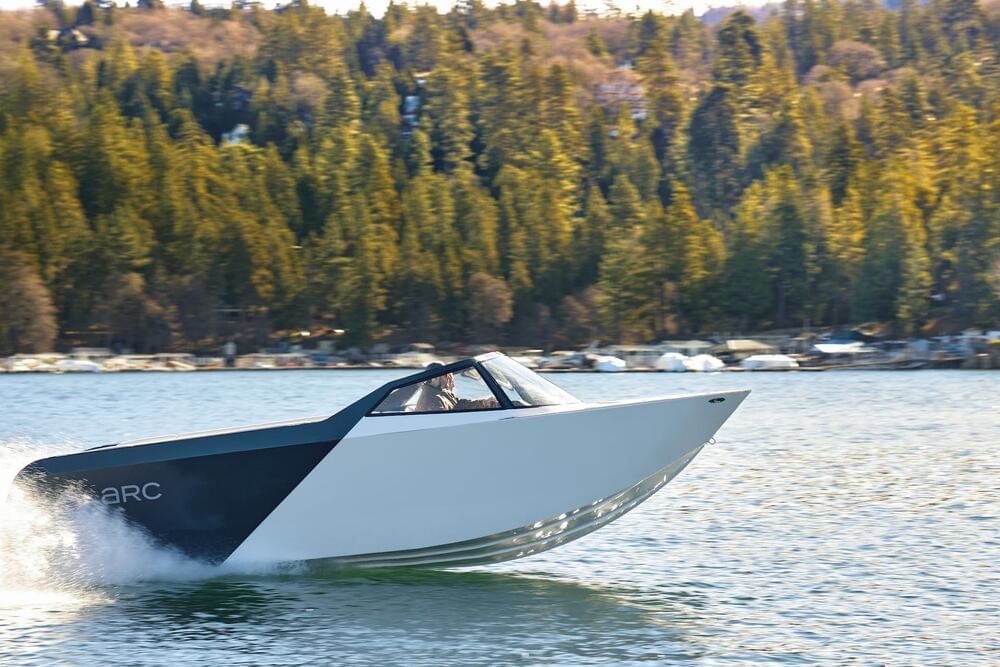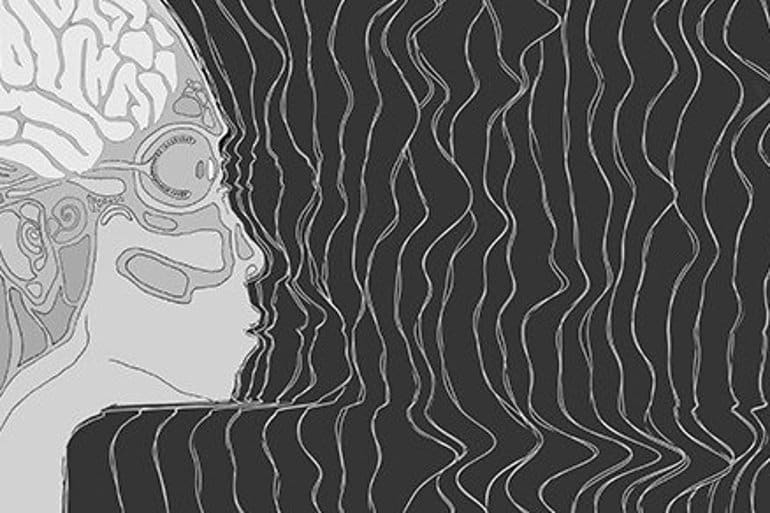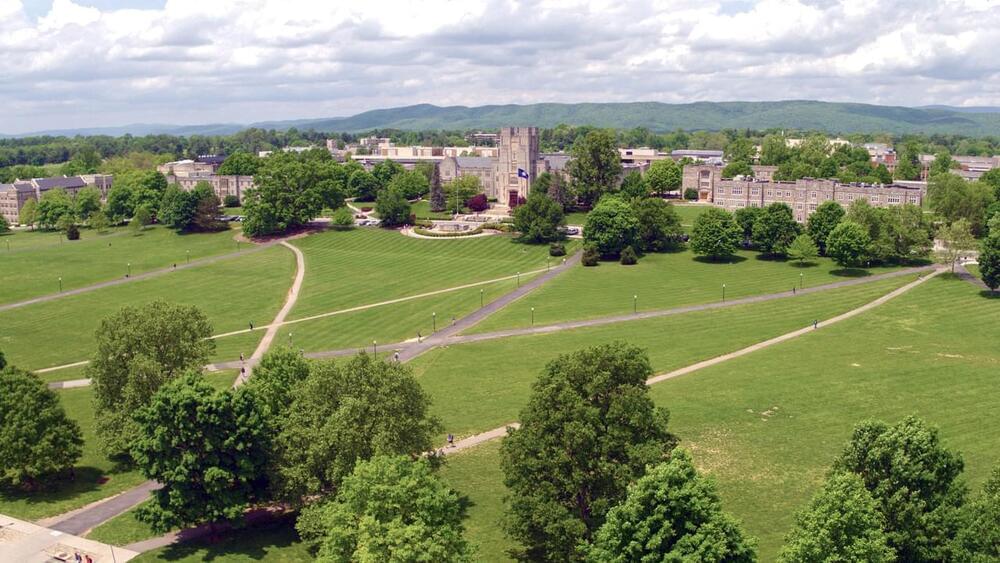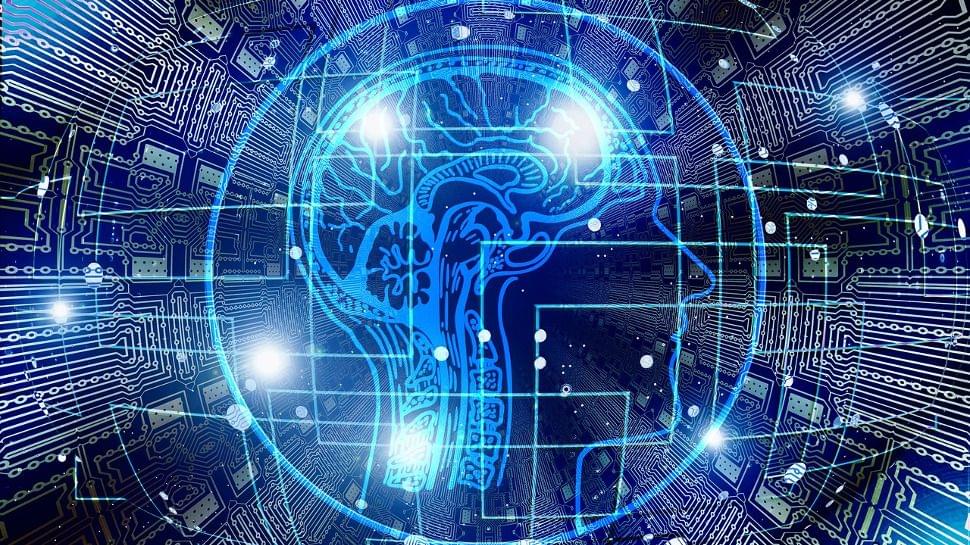Mar 11, 2022
Startup aims to make waves with powerful long-range electric cruiser
Posted by Shubham Ghosh Roy in categories: sustainability, transportation
Last year, a team of former SpaceX engineers launched Californian marine startup Arc with a plan to develop a luxury electric cruiser with “far superior range, acceleration and performance than any boat in its class.” Now a pre-production Arc One has spent a day of testing on Lake Arrowhead ahead of deliveries to the first customers later in the year.
The first boat out of the company’s factory in Los Angeles is being aimed squarely at the luxury end of the market, and will be produced in very limited numbers.
The spec sheet for the Arc One is actually pretty thin, but the development team has recently upped the power of the electric motor to 500 hp (373 kW) for a top speed of 40 mph (34 knots/64 km/h). The battery size has also been increased by 10 percent to 220 kWh – that’s “three times the capacity of a Tesla Model Y” and is reckoned big enough for users to stay out on the water for between three and five hours per charge, though high speeds will drain the battery quicker than cruising at lower speeds.

















